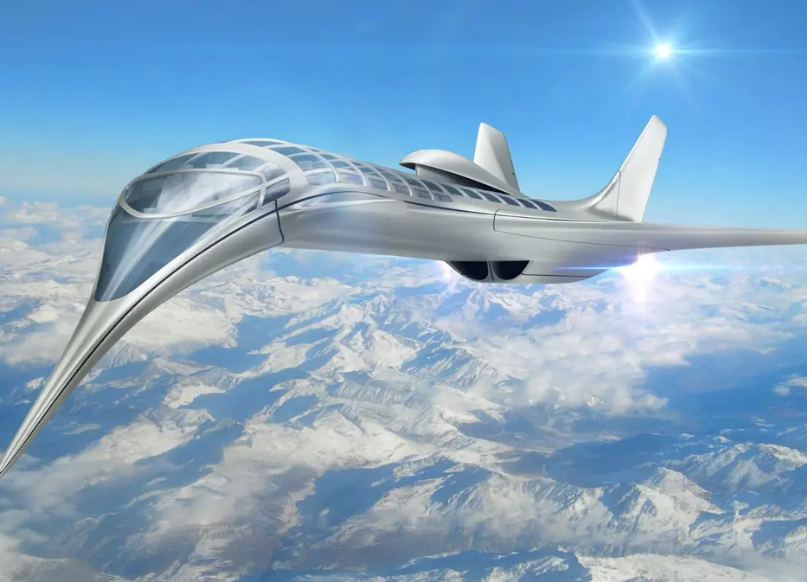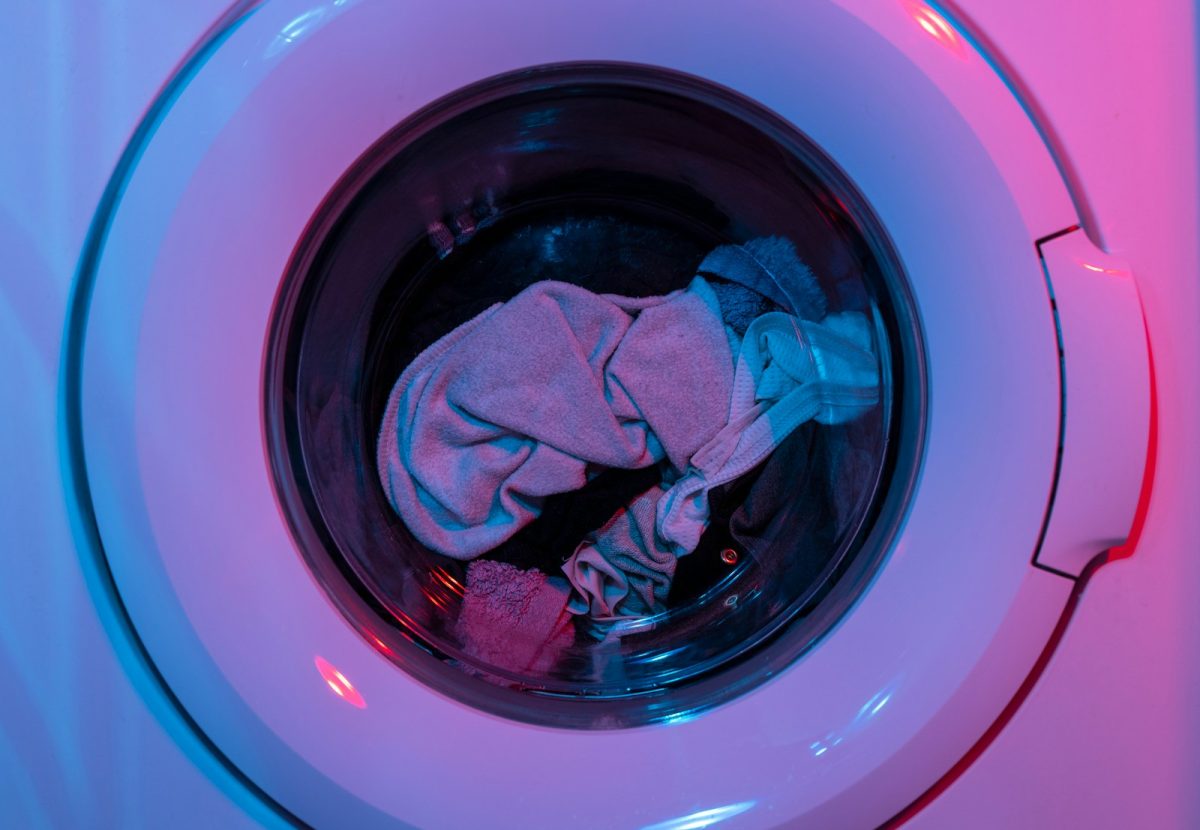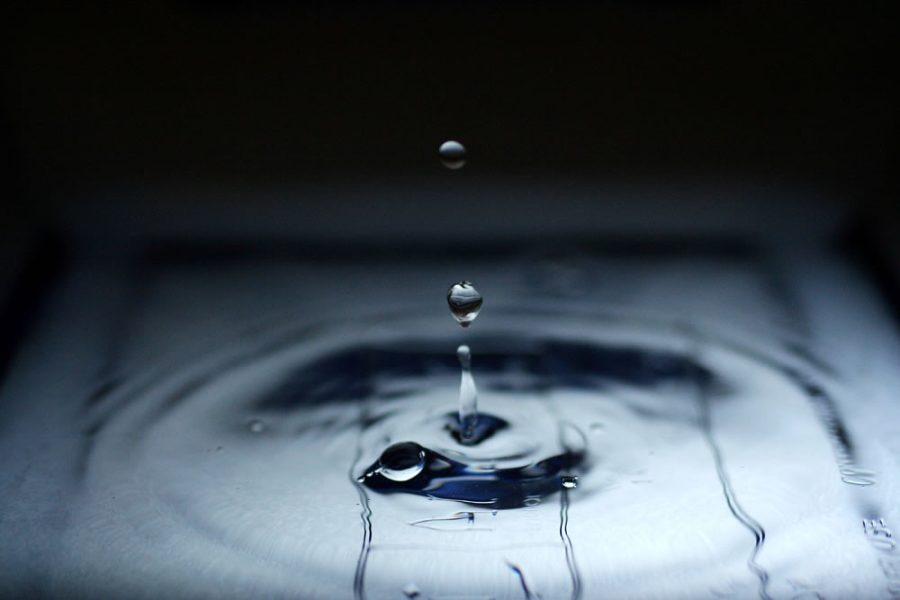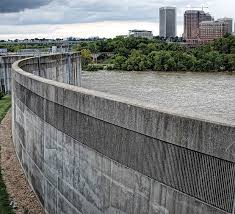
Different people think different things, here are some pros and cons about having a grass lawn.
Grass, unlike hard surfaces like asphalt or concrete, can help the environment. It traps carbon dioxide, improves soil quality, decreases erosion and runoff, along with reducing noise pollution.
To keep your grass alive and well you have to water it. Grass lawns use tens of thousands of gallons of water per year. five hundred square feet of lawn can take up about 67,500 gallons of water annually. If we did not have to water our lawns we would have that water for other things.
Another reason not to have grass lawns is that you won’t have to worry about letting weeds spread out and affect other habitats of other animals and ecosystems. Grass lawns will help with this because.
While some people have manual mowers, most people have gas powered or electric ones, now the electric ones are good but the gas ones are really bad for the environment. They emit too many fossil fuels and if we did not have grass lawns, we wouldn’t produce as much carbon dioxide from lawn mowers.
Alternatives to grass lawns could be artificial grass (turf), or no lawn at all, just a garden or a few bushes, trees, or rocks to keep it natural.
Overall grass lawns look nice but are bad for the environment. It wouldn’t be an easy change but it could help the environment and make a change for the better.
RELATED STORIES
Goodbye to grass? More Americans embracing ‘eco-friendly’ lawns and gardens
It’s Time to Say Goodbye to Lush Lawns
Lawns are an outdated cultural norm. Let’s lose them — before we lose the pollinators
The American Obsession with Lawns
There’s a water crisis. Why do we still have lawns?
TAKE ACTION
In Drought-Ridden California, the Classic Lawn Loses Ground











